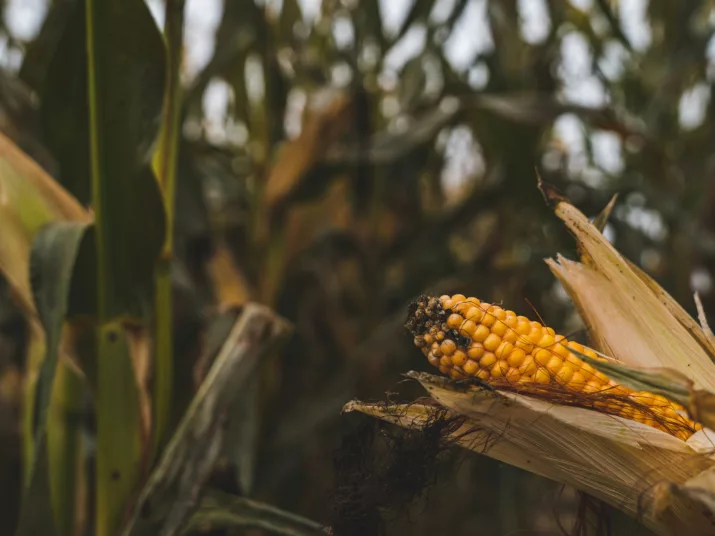
Staple crops
Feeding the world
Only a handful of plants dominate our fields and our diet. But not all of them only end up on our plates, some also end up in the feed trough or in the tank. Even if the diversity on our plates increases again in the future, they will continue to play an important role. Cultivation today is sometimes associated with major challenges. How will we solve them in the future?
Get to know some of the most important main crops here: